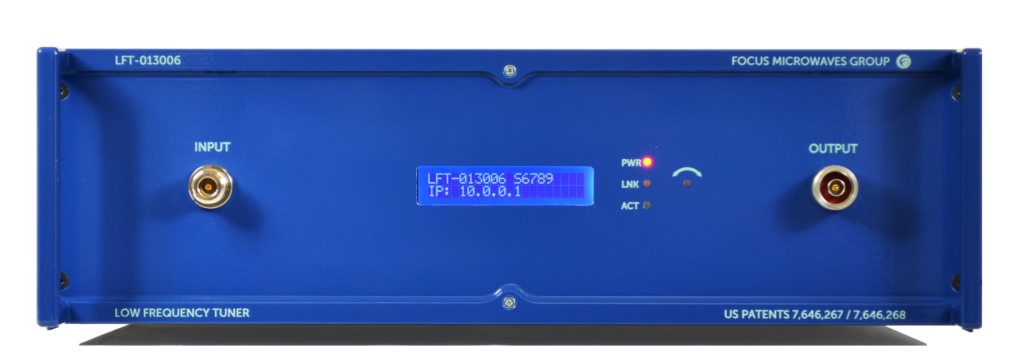Focus Microwaves - Low Frequency Fundamental Tuners 1.5-170 MHz
The Low Frequency Tuner (LFT) is a unique product technology using M algorithms for low frequency wideband tuning. Three or more cascaded tuning sections use series transmission cables and parallel rotary capacitors. The length of the cables and number of tuning sections are optimized for maximum tuning range over a given bandwidth. HLFT tuners use 6 tuning sections allowing second harmonic frequency tuning.
Models
|
Model |
Min Frequency |
Max Frequency |
Type |
Datasheets |
|---|---|---|---|---|
|
LFT000300015 |
1.5 MHz |
3 MHz |
Fundamental Low Frequency |
|
|
LFT002001 |
10 MHz |
20 MHz |
Fundamental Low Frequency |
|
|
LFT004002 |
20 MHz |
40 MHz |
Fundamental Low Frequency |
|
|
LFT006003 |
30 MHz |
60 MHz |
Fundamental Low Frequency |
|
|
LFT008004 |
40 MHz |
80 MHz |
Fundamental Low Frequency |
|
|
LFT01005 |
50 MHz |
100 MHz |
Fundamental Low Frequency |
|
|
LFT013006 |
60 MHz |
130 MHz |
Fundamental Low Frequency |
|
|
LFT0170130 |
130 MHz |
170 MHz |
Fundamental Low Frequency |
More Product Information
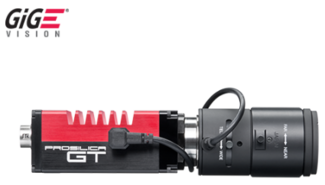
-
Versatile temperature range for extreme environments
-
IEEE 1588 PTP
-
Power over Ethernet
-
P-Iris and DC-Iris lens control
-
Monochrome (GT2450) and color (GT2450C) models
-
GigE Vision interface with Power over Ethernet
-
Screw mount RJ45 Ethernet connector for secure operation in industrial environments
-
Supports cable lengths up to 100 meters (CAT-6 recommended)
-
Trigger over Ethernet Action Commands allow for a single cable solution to reduce system costs
-
Comprehensive I/O functionality for simplified system integration
-
Popular C-Mount lens mount
-
Easy camera mounting via standard M3 threads or optional tripod adapter
-
Easy software integration with Allied Vision's Vimba Suite and compatibility to the most popular third party image-processing libraries.
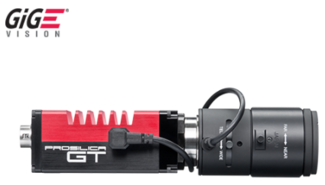
-
Versatile temperature range for extreme environments
-
IEEE 1588 PTP
-
Power over Ethernet
-
P-Iris and DC-Iris lens control
-
Monochrome (GT1380) and color (GT1380C) models
-
GigE Vision interface with Power over Ethernet
-
Screw mount RJ45 Ethernet connector for secure operation in industrial environments
-
Supports cable lengths up to 100 meters (CAT-6 recommended)
-
Trigger over Ethernet Action Commands allow for a single cable solution to reduce system costs
-
Comprehensive I/O functionality for simplified system integration
-
Popular C-Mount lens mount
-
Easy camera mounting via standard M3 threads or optional tripod adapter
-
Easy software integration with Allied Vision's Vimba Suite and compatibility to the most popular third party image-processing libraries.
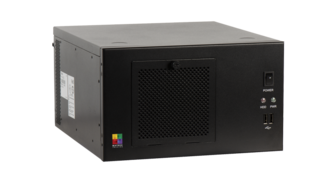
- Tackle demanding imaging applications using an eighth-generation Intel Core processor
- Capture directly from GigE Vision® and USB3 Vision® cameras
- Broaden support for Camera Link® , CoaXPress® , DisplayPort, HDMI, and SDI video interfaces using Zebra frame grabbers
- Customize I/O capabilities through four PCIe slots accepting full-height, half-length cards
- Install in space-limited industrial environments given its small footprint and rugged design
- Streamline application development using the Aurora Design Assistant flowchart-based IDE or the Aurora Imaging Library SDK
- Tackle machine vision applications with utmost confidence using field-proven tools for analyzing, locating, classifying, measuring, reading, and verifying
- Leverage machine learning including deep learning to categorize image content
- Ready for deep learning training with suitably equipped and configured model
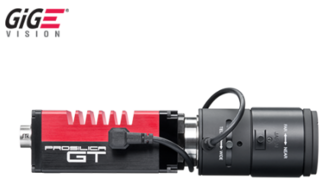
-
Versatile temperature range for extreme environments
-
IEEE 1588 PTP
-
Power over Ethernet
-
P-Iris and DC-Iris lens control
-
Monochrome (GT2000) and color (GT2000C) models
-
GigE Vision interface with Power over Ethernet
-
Screw mount RJ45 Ethernet connector for secure operation in industrial environments
-
Supports cable lengths up to 100 meters (CAT-6 recommended)
-
Trigger over Ethernet Action Commands allow for a single cable solution to reduce system costs
-
Comprehensive I/O functionality for simplified system integration
-
Popular C-Mount lens mount
-
Easy camera mounting via standard M3 threads or optional tripod adapter
-
Easy software integration with Allied Vision's Vimba Suite and compatibility to the most popular third party image-processing libraries.
-
Defect pixel masking feature with the Defect Mask Loader tool that allows you to manage a user defined defective pixel list to match your application and optimize the life cycle of the camera.
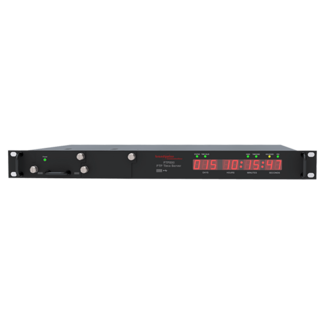
- Accurate & reliable time data from a trusted source. Precision hardware PTP timestamping to 8ns
- Remote configuration and status via web browser, remote monitoring with SNMP
- Synchronization between users – eradicates discrepancies System time stamping, such as e-commerce transactions, e-mail sent & received, is highly accurate
- Automatic systems procedures such as backups occur at the correct time and in the correct order
- Additional time signal outputs can feed to other systems
- Multiple time source fall back and priority configuration can ensure high synchronization availability
- Various oscillator choices allow for long holdover to maintain time accuracy when synchronization signals are absent
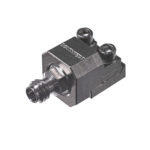
Southwest Microwave’s high performance End Launch Connectors are designed to provide low VSWR, mode-free wide responses up to 125 GHz for single and multilayer microstrip or grounded coplanar printed circuit boards. Available in SMA (27 GHz), 2.92 mm (40 GHz), 2.40 mm (50 GHz), 1.85 mm (67 GHz) and 1.0 mm (125 GHz).
Male and female options along with narrow body and bulkhead feed-through. Unique clamping mechanism accommodates board thickness up to .300” (7.62 mm). Robust, reusable and repairable. Multiple launch configurations provide the best possible match to circuit layout. Works on microstrip and grounded coplanar waveguide (GCPW) designs. Signal-layer microstrip and GCPW test boards available. Soldering is optional.
Design and Test Assistance:
- Printed circuit board connector launch designs and connector part number recommendations for stack-ups
- 3D models for mechanical layout
- Connector Encrypted HFSS models (version 18.0 or newer) for EM simulations
OptoVue
- Revolutionary technology advancement for wafer and die-level photonics probing
- Real-time in-situ calibrations
- Singulated die testing
- True die-level edge coupling
- In-situ power measurements
- Advanced calibration technologies
- Enables autonomous measurements
Horizontal Die-Level Edge Coupling
- Highest accuracy in test results
- Lowest coupling loss
- Repeatable measurement results due to exclusive automated fiber-to-facet alignment technology
- Reduced risk of damaging fibers with collision avoidance technology
- Ease of use for less experienced users
- Enables close simulation of real-world conditions with device performance closest to the final application
See "Specifications & Details" tab for more key features

- Full-radius, nickel-plated tungsten needles
- Power bypass inductance: 16 nH
- Supports collinear and non-standard needle configurations
- Support up to a maximum of 12 ceramic blades DC needles / contacts
- Ideal for probing the entire circuit for functional test
- DC probes can provide power or slow logic to circuit under test
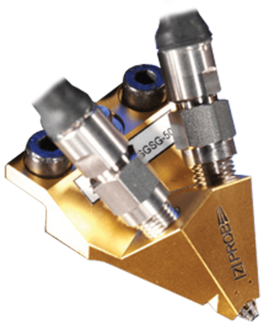
-
Best price per contact – typically over one million (1,000,000) touchdowns
-
RF/Microwave signal is shielded and completely air isolated in the probe body
-
Excellent performance in vacuum environments and temperatures as low as 4 K, or as high as 300°C
-
Highest impedance control with perfectly-symmetrical, MEMS-machined coplanar contact structure
-
Probe on any pad material with minimal damage
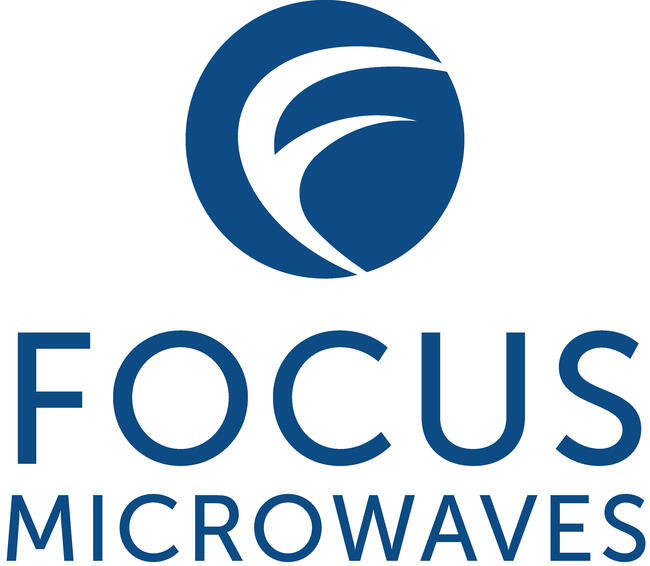
Focus Microwaves
Focus Microwaves is a pioneering engineering company, built around the innovations of its founder Dr. Christos Tsironis who developed his first manual tuner in 1973 and is the inventor of most existing electro-mechanical tuner families. The success of Focus is based on the engineering and manufacturing skills of its highly motivated and experienced team of engineers and technicians, who have been trained and encouraged to develop new technologies. In addition, listening to our customers needs and insights helps us discover and develop new and measurement methods on an ongoing basis, relentlessly pushing the limits of what is possible.
From humble beginnings in 1988, Focus has become the main supplier of advanced Load Pull and Noise Tuner Systems. Our mission is to provide effective, reliable and innovative solutions for non-50 Ohm testing (Noise and Load Pull) of RF microwave transistors, thus enabling our customers to compete in the marketplace with better designs and to advance the understanding and knowledge of the field.
Contact Details
Focus Microwaves Inc. Main Head Office
4555 Chem. du Bois-Franc, Saint-Laurent, QC H4S 1A8, Canada
Phone: +1-514-684-4554
Test & Measurement
